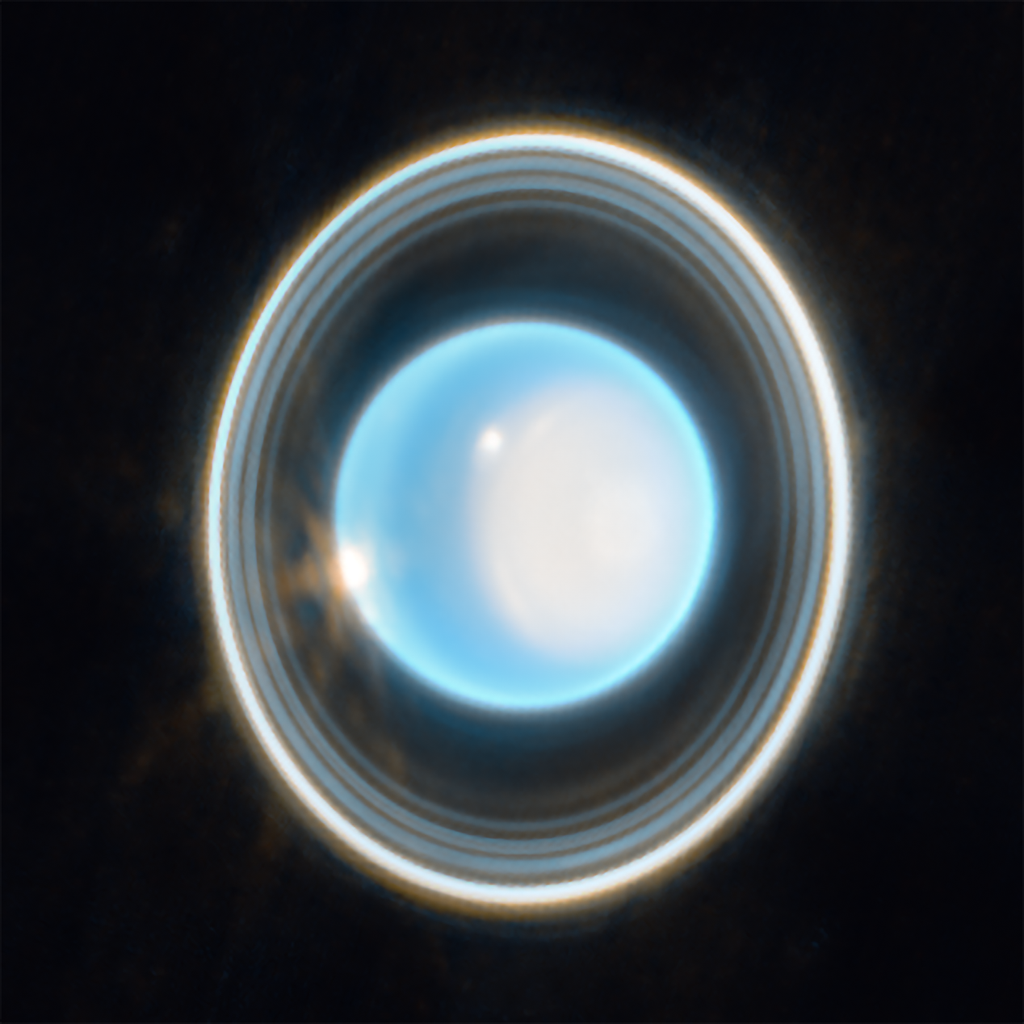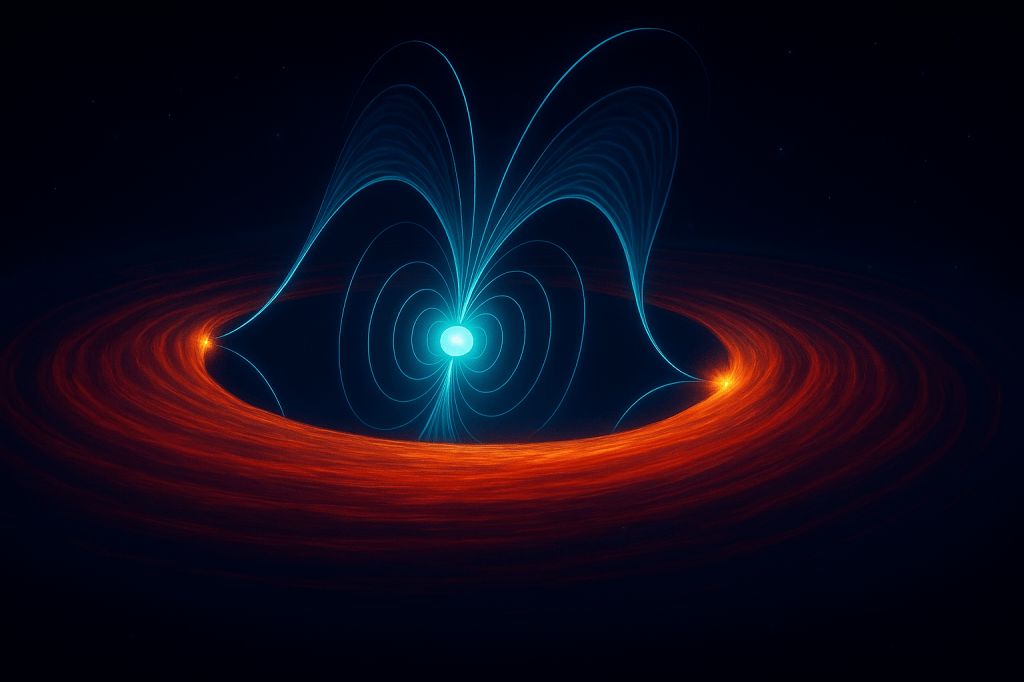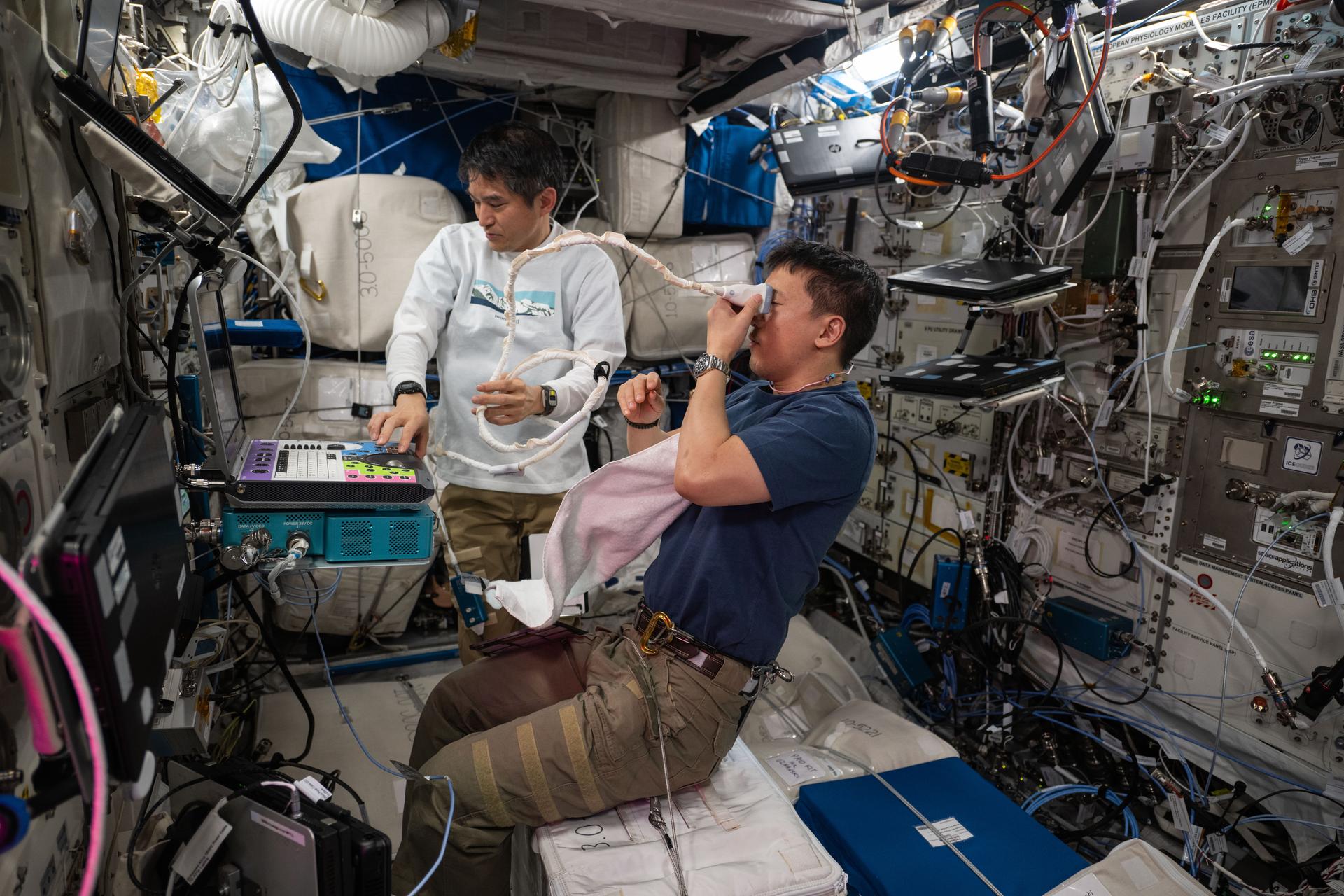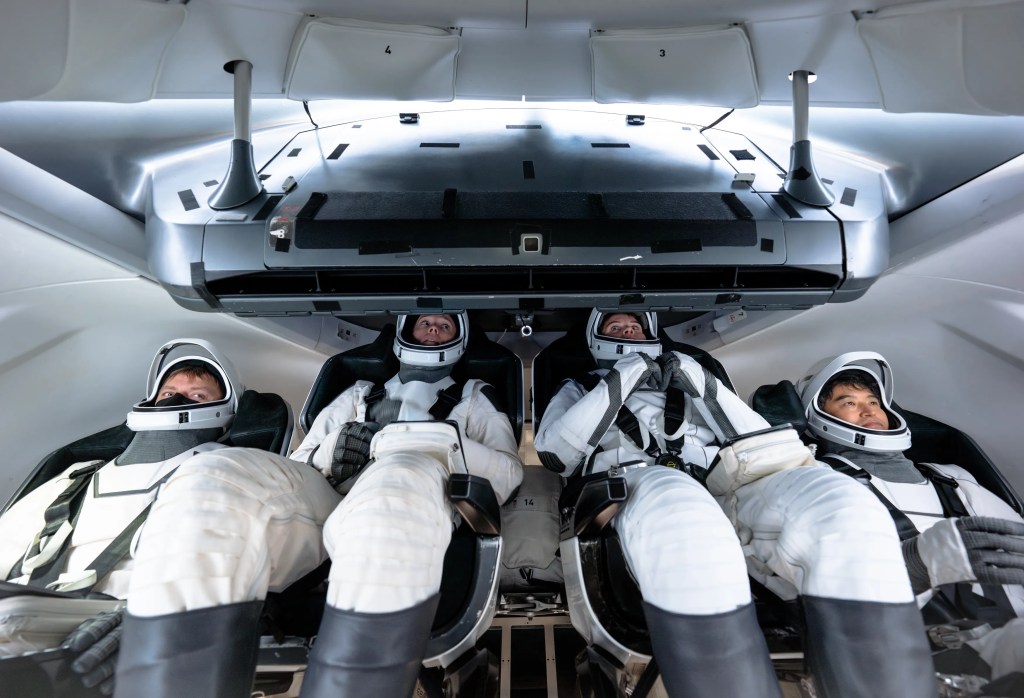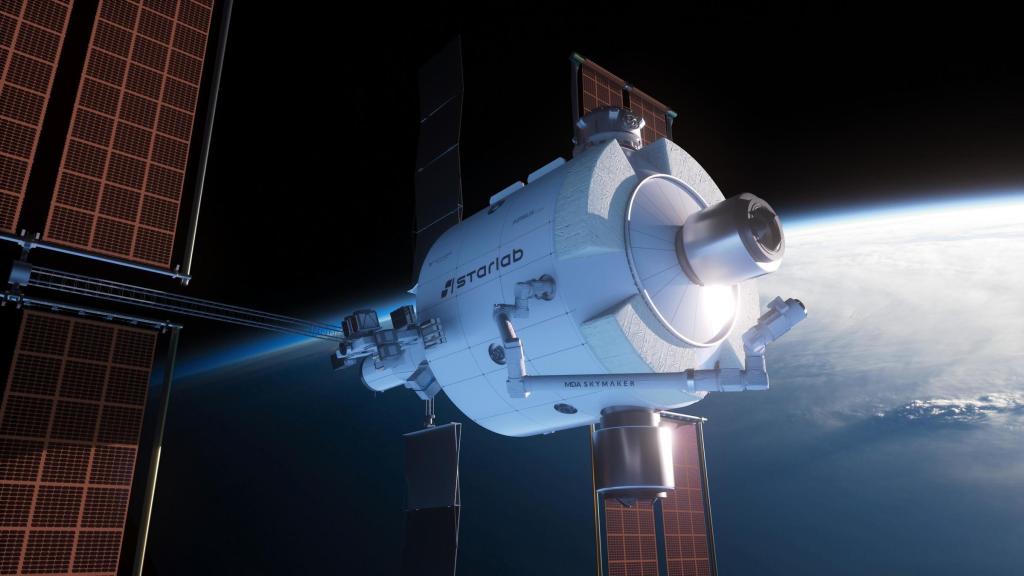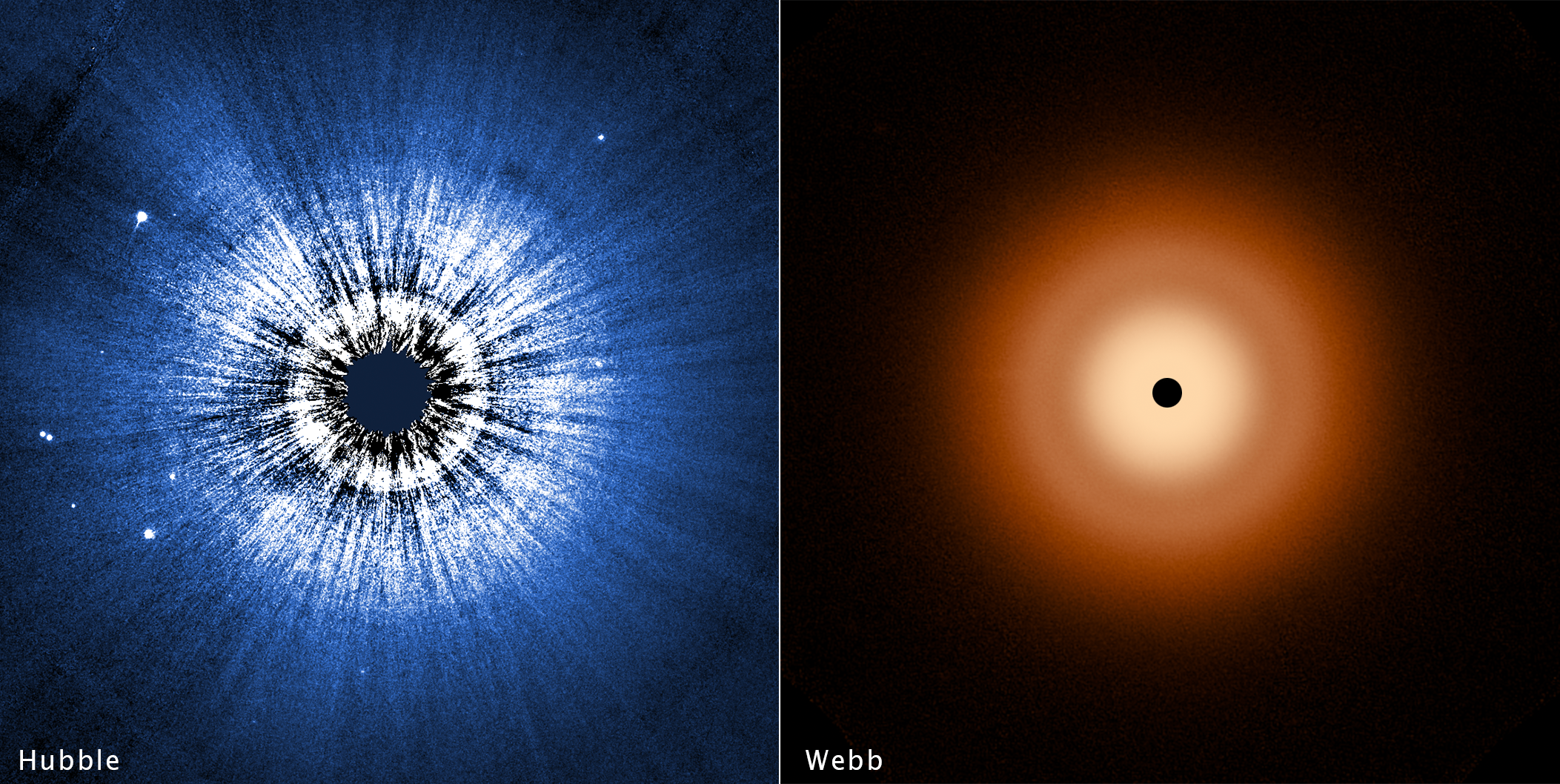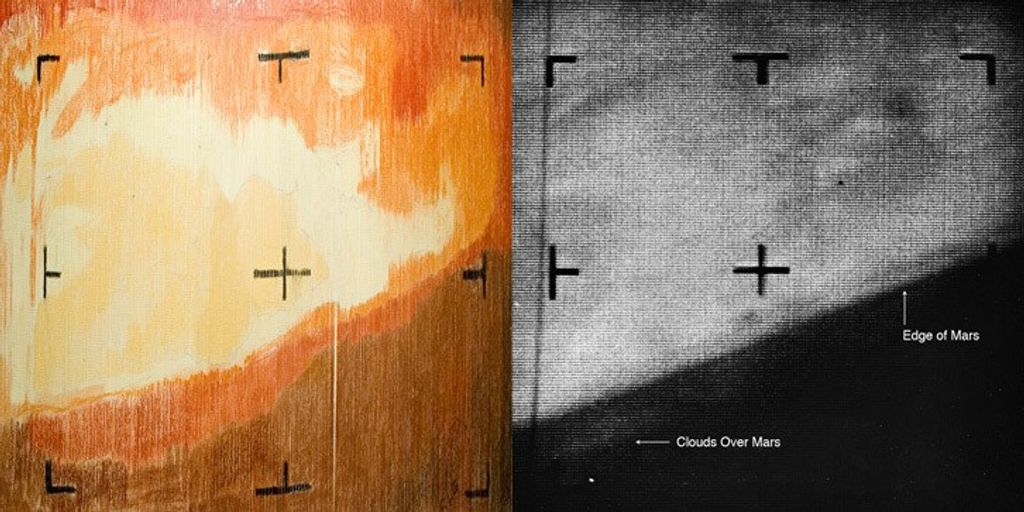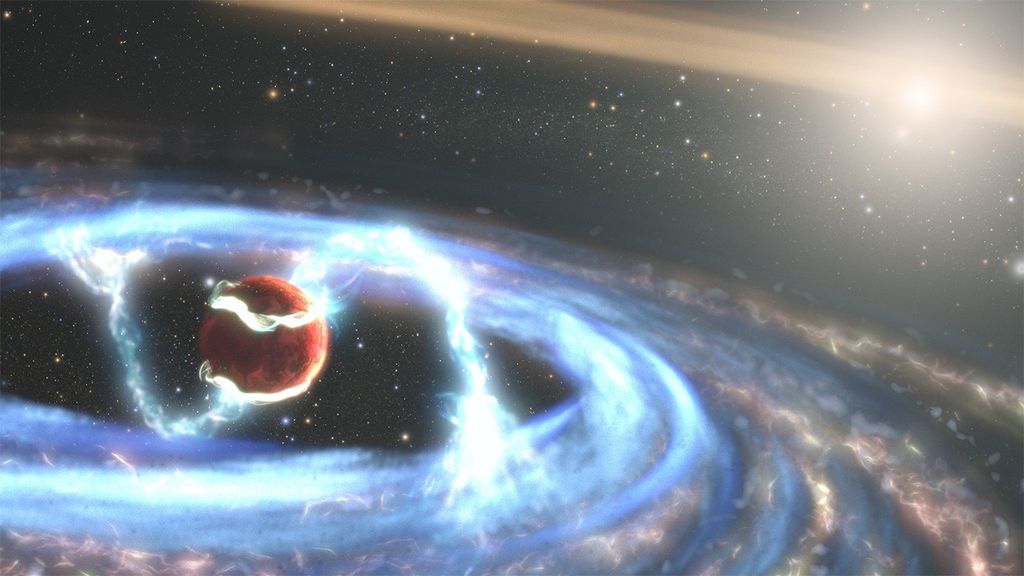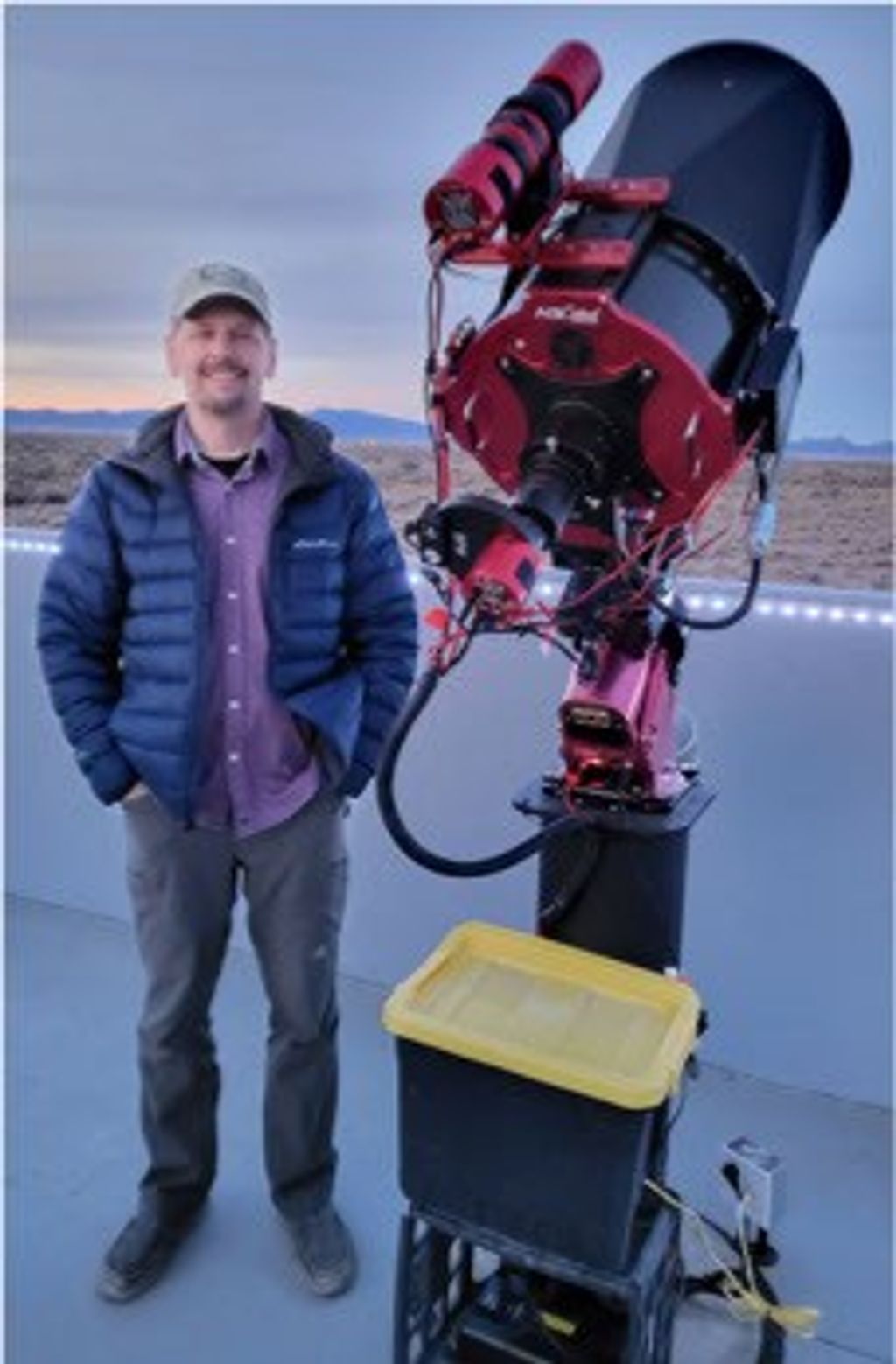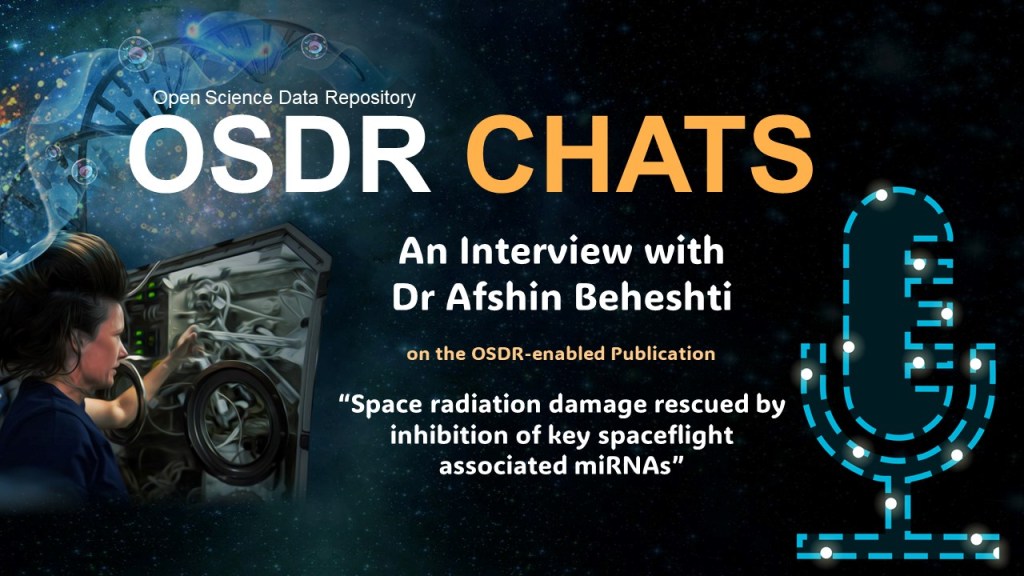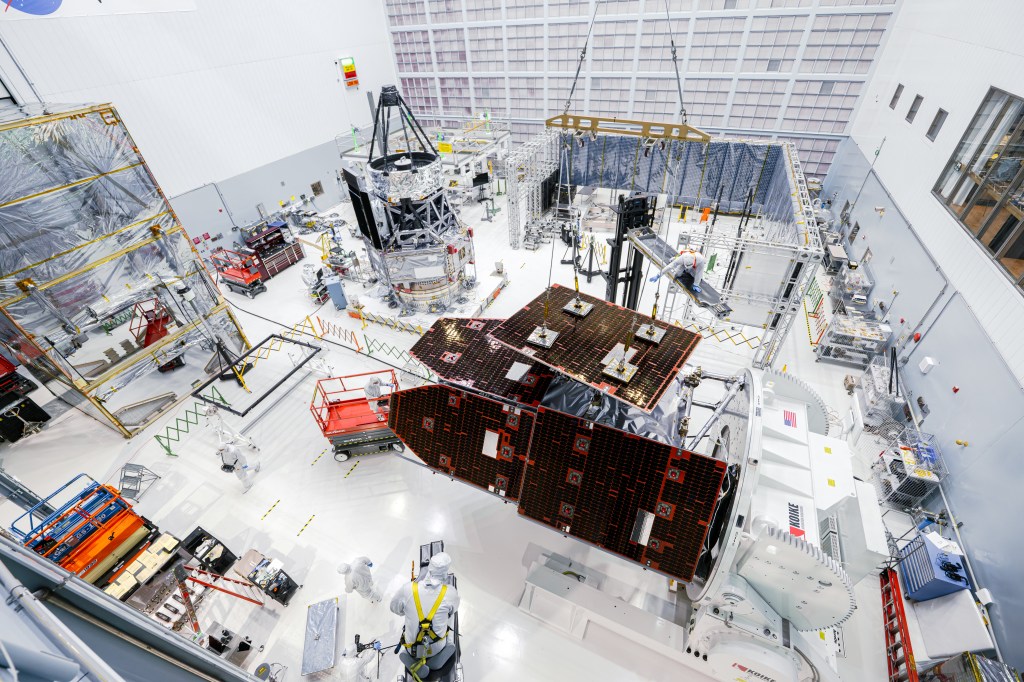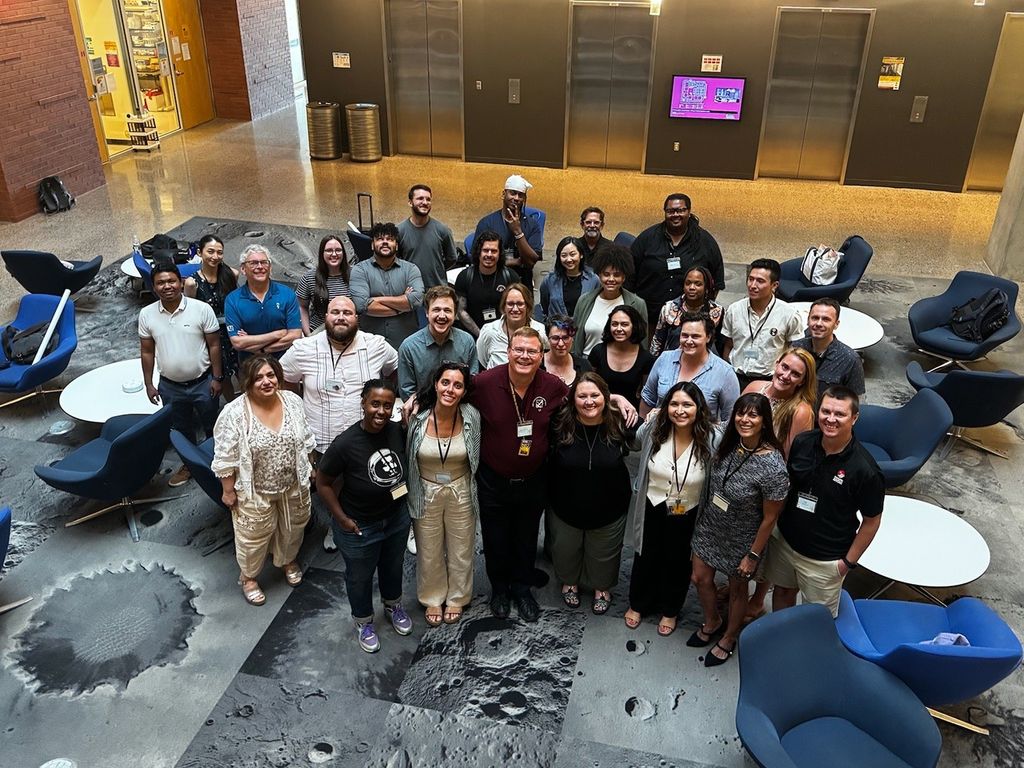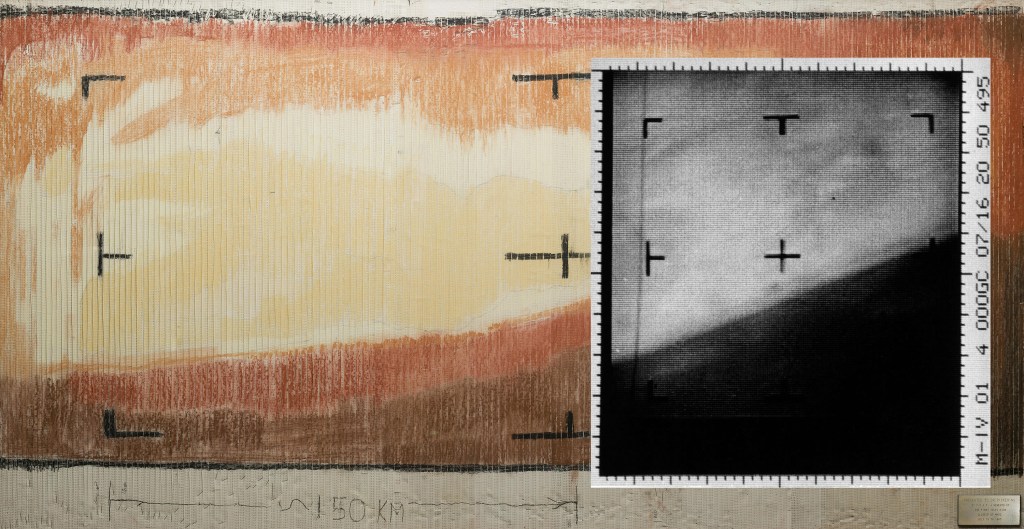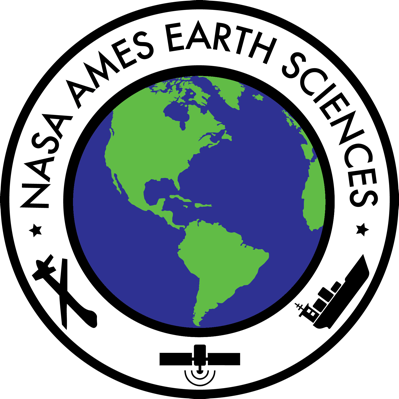Significant announcements:
7th December 2020
- Ved Chirayath represents Ames as a panelist on a NASA AGU townhall on “The Present and Future of NASA’s Citizen Science Program”, on 4 December. The townhall, organized by L.M. Barbier (NASA HQ) includes citizen science representatives from Ames, JPL, and Goddard, as well as NASA Chief Scientist James Green. It provides an opportunity for AGU researchers to learn about NASA resources available to help launch successful citizen science projects and the future of NASA’s citizen science program.
Link: AGU Fall Meeting 2020 (confex.com) - The Ames Aerobiology Laboratory’s work on how microbes survive transport in Earth’s atmosphere, and the implications for potential life in the clouds of Venus, has garnered enough popular interest to be featured at a Press Roundtable event at the 2020 American Geophysical Union (AGU) Fall Meeting – Diana Gentry and David J. Smith (ARC Space Biosciences) will take questions on behalf of the Aerobiology Lab, along with fellow panelists Noam Izenberg (Applied Physics Lab, Johns Hopkins) and Kevin Dillon (Rutgers).
Event Details: “Life in the clouds of Venus? Lessons from studying life in Earth’s atmosphere”), 14 December 2020 at 1PM ET / 10AM PT, Link: https://www.agu.org/Fall-Meeting/Events/PE-FM20-11-life-on-Venus-roundtable - Rama Nemani co-authored a paper in Science Advances, reporting that increased vegetation growth during the recent decades, known as the “Greening Earth”, has a strong cooling effect on the land due to increased efficiency of heat and water vapor transfer to the atmosphere. – A new study published in the journal Science Advances entitled “Biophysical impacts of Earth greening largely controlled by aerodynamic resistance” reports that the entire land surface would have been much warmer without the cooling effect of increased green cover during the recent decades. The study used high-quality satellite data from NASA’s MODIS sensors and NCAR’s state-of-the-art numerical earth system model.
Link (story): https://www.nasa.gov/feature/greening-of-the-earth-mitigates-surface-warming
Link (journal): https://advances.sciencemag.org/content/6/47/eabb1981
- 2020 Fall Meeting of the American Geophysical Union (AGU), Contributions from the Ames Earth Science Division:
Monday, 7 December 2020
Oral 07:28 – 07:36, [A017-04], Ramakrishna R Nemani, GeoNEX: A geostationary earth observatorySession (e-lightning and posters), 03:00 – 20:59, GC006 GC016, Cindy Schmidt, (co-convener), Advances in the Application of Earth Observations to Address the Sustainable Development Goals (SDGs) in a Changing Climate: Understanding the Enabling Environment I
Poster 03:00 – 20:59, [A012-0013], Stephen Broccardo, The 5STAR airborne tracking sunphotometer on the NASA SIERRA UAS
Poster 04:00 – 20:59, [A008-0003], Weile Wang, Uncertainty Analysis of the GeoNEX Top-of-Atmospheric Reflectance Products Generated from the Third-Generation Geostationary Satellite Sensors
Poster 04:00 – 20:59, [A008-0014], Hirofumi Hashimoto, Detecting short term drought impact in the Southwest US using GOES-16 ABI data.
Oral 17:58 – 18:02, [H021-08], Forrest S Melton, OpenET: Filling a Critical Gap in Water Data for the Western U.S.
Oral 20:38 – 20:42, [H027-03], Christopher S Potter, Detecting wetland loss or gain using Landsat imagery for the Gulf Coast of Louisiana
Oral 20:58 – 21:02, [C008-08], AnnaClaire Marley (intern under Amber McCullum), Snowpack Monitoring on the Navajo Nation
Tuesday, 8 December 2020Poster 04:00 – 20:59, [A043-0014], Meytar Sorek Hamer (presented by Emily Deardorff), Satellite Imagery-Based Urban Noise Prediction Model – Case study over Vancouver, Canada: A geostationary earth observatory
Oral 10:38 – 10:39, [ED010-06], Kristina Pistone, What happens when you have smoke bits and water in the sky at the same time? We use flying things and computers to find out
Oral 10:45 – 10:48, [IN009-06], Ved Chirayath, Expanding NeMO-Net Machine Learning Capabilities for Citizen Science
Wednesday, 9 December 2020
Poster 04:00 – 20:59, [V015-0006], Florian M Schwandner, Trees as sensors of pre-eruptive changePoster 04:00 – 20:59, [B038-0002], Matthew S. Johnson, Mutually-exclusive Global Wetland, Lake, and Reservoir Methane Emissions Data Sets
Poster 04:00 – 20:59, [A059-0007], Ata Akbari Asanjan, Boundary-Aware Tropical Cyclone Detection from Geostationary Satellites and Climatic Archive Data using Advanced Neural Networks
Oral 07:28 – 07:32, [P029-08], Diana Gentry, Lessons from Earth Bioaerosol Sampling for Venus Habitability & Biosignature Science
Thursday, 10 December 2020
Session (oral & posters) 03:00 – 20:59, A100 A091, Meloe S Kacenelenbogen, Multisensor, Model, and Measurement Synergy to Constrain Aerosol State and Impacts IIOral 04:01 – 04:04, [SY029-01], Ani Matevosian (DEVELOP student intern), Building Capacity for Policy-makers in a Virtual Setting: Providing Tools to Analyze Wildfire Smoke Plumes and Their Impacts
Oral 06:02 – 06:06, [SY036-08], Nikki Tulley (intern under Amber McCullum), The Drought Severity Evaluation Tool: A collaboration of Sovereignty and Science for the Navajo Nation
Oral 10:36 – 10:39, [IN019-03], Vinay Ravindra, Optimal Sensing of Tropical Cyclones (TCs) by Constellation of Low Earth Orbiting Satellites, Guided by Numerical Weather Prediction Model Ensemble Track Forecasts and Assimilation of Observed/ Missed TC Center Position Measurements
Oral 16:28 – 16:33, [A102-04], Robert B Chatfield, Likelihood of Cloud Gaps Allowing C-gas Exchange Estimates: A Survey of Amazonia Across Broad Temporal Scales, Cloud-Gap Dimensions, and Accuracy Assessments
Oral 16:33 – 16:38, [A102-05], Sajeev Philip, OCO-2 Satellite-imposed Constraints on Terrestrial Biospheric CO2 Flux over South Asia
Friday, 11 December 2020
Poster 04:00 – 20:59, [B062-0002], Liane S. Guild, Airborne Sensor Combination for Calibration, Validation, and Research in Dynamic Aquatic SystemsPoster 04:00 – 20:59, [A118-0013], Ju-Mee Ryoo, Understanding the factors controlling on low cloud over Southeastern Atlantic: ORACLES case study
Oral, 19:20 – 19:24, [A135-06], Samuel E LeBlanc, Direct Aerosol Radiative Effect Above Clouds in the Southeast Atlantic from Airborne Measurement
Monday, 14 December 2020Session (posters) 03:00 – 20:59, NH028, Matt Fladeland (co-convener), The Air, Land, and Sea Unmanned Platforms of Tomorrow: Automated Systems and Data Analysis I
Poster 04:00 – 20:59, [EP048-0002], Juan Luis Torres-Perez, Terrestrial sedimentation impact on coral and macroalgal cover in Puerto Rico’s southwest coral reefs
Oral 04:20 – 04:24, [A140-06], Rei Ueyama, Convective impact on the stratospheric-entry water vapor through the tropical UTLS in boreal winter and summer
Tuesday, 15 December 2020Session (poster) 03:00 – 20:59, P064, Diana Gentry (co-convener), Getting the Most Out of Data in Astrobiology: Overcoming the Too Little, Too Rare, and Too Different I
Poster 04:00 – 20:59, [P064-0001], Jesse Murray (intern under Diana Gentry), Algorithmic detection of elemental biosignatures
Oral 17:30 – 17:34, [A202-01], Robert B Chatfield, Sentinel 5p “Tropomi” Perspectives on FIREX-AQ and WE-CAN: Tracing Emissions over Hours and Days of Development
Wednesday, 16 December 2020Poster 04:00 – 20:59, [A223-0019], Kristina Pistone, Where There’s Smoke, There’s Humidity: Exploring the Water Vapor Associated with the Free-Tropospheric Biomass Burning Plume over the Southeast Atlantic Ocean
Poster 04:00 – 20:59, [B113-0015], Cassandra Hergenrader (intern under Diana Gentry), Studying Microbial Adaptation in the Laboratory: Sensor & Control Upgrades for an Experimental Evolution Biofluidics System
Oral 10:29 – 10:33, P085-05, Laura Iraci, Laboratory Infrared Spectroscopic Studies of Cloud Particle Formation and Growth on Titan, Mars, and Earth
-
NASA Ames is in Stage 3 in the NASA Response Framework to pandemics – Staff are continuing work with adjustments in work style, focus and schedules due to the COVID-19 distancing protocols. ESPO-managed NASA airborne missions and other programs and projects at Ames are experiencing major schedule delays due to COVID-19. Ames Earth Science Division staff are focusing on data analysis, publications/proposals/reports, and computer-aided design work. The division is actively engaged with the directorate/center and with HQ on prioritizing mission-critical activities and is preparing return-to-onsite-work (RToW) implementation plans.
• The Sub-Mesoscale Ocean Dynamics Experiment (S-MODE) Earth Venture Suborbital-3 (EVS-3) investigation managed by ESPO, recently delayed from this fall until spring 2021, received approval to RToW from Ames. (https://espo.nasa.gov/s-mode/content/S-MODE).
• Instrument payload development activities at Ames for the Asian Summer Monsoon Chemical and Climate Impact Project (ACCLIP) also received approval for preparation for the field campaign now planned for summer 2021 in South Korea. Teams are on center since early October, and the COMA instrument has undergone thermal vacuum testing last week, in anticipation of test flights on the NASA WB-57F research aircraft in spring 2021. (https://airbornescience.nasa.gov/instrument/COMA)
• The Investigation of Microphysics and Precipitation for Atlantic Coast-Threatening Snowstorms (IMPACTS) EVS-3 investigation, managed by ESPO received center RToW approval, signed by the Center Director on 8 October 2020 (https://espo.nasa.gov/impacts/). The PI recently made the decision to delay IMPACTS by one year, until the winter of 2021-22.
• The SCIFLI-Hayabusa Airborne Re-entry observation Campaign (SHARC) investigation managed by ESPO and operating out of Adelaide (Australia) to observe the re-entry of JAXA’s Hayabusa sample return mission received center RToW approval, signed by the Center Director on 8 October 2020 (https://espo.nasa.gov/sharc/). Two ESPO staff are currently on travel to Australia to support SHARC. The two test flights of the LaRC and JSC G-IIIs took place took this week in preparation for the re-entry mission that is scheduled for early Sunday morning in Australia.
• The Airborne Sensor Facility (ASF) has submitted a RToW plan which is now under center review for approval, to ensure adequate mission-critical staffing for airborne field campaign support. (https://asapdata.arc.nasa.gov/)
• Several ARC Earth Science travelers are on trips or have completed trips to provide mission-critical support for SMD field deployments at AFRC-Palmdale, Dobbins Air Reserve Base in Georgia, and Adelaide, Australia. All non-essential/-critical travel is on hold.


